The Lady Bishop (detail) from Filippucci’s “Chess Series”
YOUR MOVE
After getting acquainted with the basic elements of NFTs (see PART ONE), my next move was to purchase some Ethereum cryptocurrency to pay for the “gas” fees to have each “minted” and put up for auction. That could run $50 to $100 per piece. I purchased some through Coinbank.com, and my initial buy tripled a week later. Cryptocurrency is highly volatile and rises and falls at disorienting speeds. Two weeks later it had fallen but I still had my initial purchase amount (as of this writing, it’s moving up again). Since I’m not focusing on cryptocurrency investments but rather, just preparing my NFT art, this did not upset me. I’ll reserve crypto investing for later, once I make money with NFTs. Sounds like an infinity loop, doesn’t it?
Next. I had to actually create the NFTs, and wanted to make pieces separate from the work I’m currently doing. I’m unable to tell you where the idea of chess came from – perhaps it lodged in my noodle after watching The Queen’s Gambit on Netflix. I only know that I decided to have some fun. Fun during a pandemic? Was it even morally correct to actually have fun? Methinks so. Some levity against the terrifying backdrop of a global scourge. And that is the context in which one should put NFTs: fun art that also makes money. Once I could ingest that, I went and had some fun.
I’ve always been smitten by Japanese design—kimonos, Samurai gear, high-lacquer black furniture. Since my work has to do with cloth, I developed a Queen, King, Bishop, Knight, Pawn and Rook for the Dark side and later, will develop versions of those for the Light side. Each piece will be animated with a morphing technique (meaning that different angles of each pieces were rendered and then each render will slowly move over the other), and ultimately, there will be six Darks, and six Lights, plus a chessboard for all of them. My Millennial son will score the music. That’s another great aspect of this new platform. Collaboration. More more NFT makers are collaborating with musicians, writers, other artists, etc.
There’s a tremendous amount of information online about how to prepare and submit artworks (some are in the links below). My particular submission will be mp4s – morphing images with music, and I will submit under the handle, “Cybernun.”
Here are four of the six Dark Chess Collection pieces I’m working on (then I’ll do the Lights for a total of 12 NFTs).
ENDGAME
There are numerous NFT platforms (websites) to submit you can submit your NFTs, but I’m going to choose Niftygateway.com because it’s better curated than the others. I have no idea how long the process of curation will take, but in my next post, I’ll describe what it was like to actually submit my NFTs, include the link to my Chess Collection, and tell you if I made money on this venture. If nothing else, I will have created a 32-piece art chess set that I can cast and actually turn into a physical object. But what about that money…what can I expect? How do I price each piece in the Collection?
It appears that every conceivable tier of pricing exists. This is based upon your Following, what platform you’re on, what work clicks with younger collectors (mostly male but that too will change) and, of course, the Goddess Serendipity. But let’s say each chess piece is part of an edition of 20 at $1,500 each in cryptocurrency (once sold, I can convert this to dollars) for a total of $30,000. All I had to do was pay the “gas” NFT Fees in the submission process, and I will let you know how much that comes to. I keep it all since there is no gallery to take 50 percent. I don’t know what the magic NFT pricing formula is, or where the sweet spot lies. Perhaps there will be only one sold for $12,000. It’s the Wild West of the art market.
STARVING ARTISTS GET TO EAT
As the New York Times reported “For decades, digital artists got little respect. To the tastemakers in the world of fine art, their work seemed more like a commercial craft — could something made with Photoshop, say, really be art?” This new concept of monetized graphics allows us all to sell directly to collectors and it comes at a time when so much privation exists among artists and creators. You decide what can be an NFT. That’s the point. Very few true creatives that I know – writers included – have escaped the wretchedness of being broke. We all want patrons, we all need patrons. Cryptoart is an opportunity to change that. The incessantly evolving world of cryptoart is an egalitarian one where you can sell what you create anywhere in the world so that you can continue creating, no degrees required. But it is also a huge opportunity for all practicing fine artists, especially those like myself who use software as part of their practice, artists who have had no place to house our electronic work.
BUT IS IT ART?
I’ve always gotten pushback for using technology, as have many others. For gallery exhibitions, my work is a hybrid combination of 3d modeling combined with traditional drawing and painting, mounted on panels to get it on a wall. Until about six months ago, there was no way I could offer the thousands of digital works I’ve done to create an ongoing revenue stream. They sleep deep in my hard drives. Electronic or digital art—to the general public–was not considered art. Period.
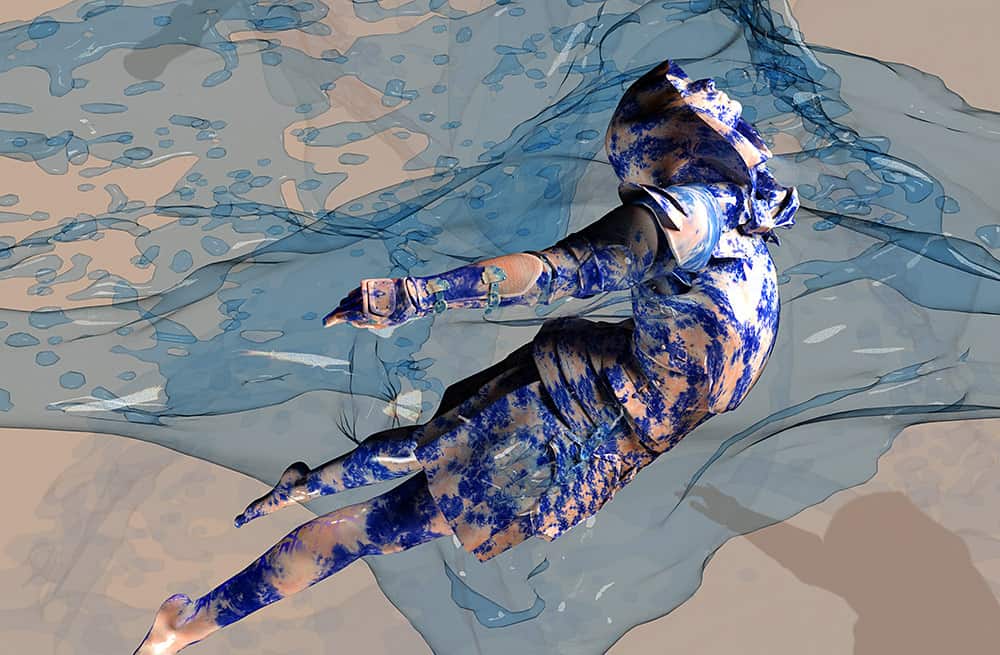
HEAVEN IS WATER II. Part of a second NFT collection I’m developing – Joan of Arc protecting the oceans.
Museums like the Whitney and New York’s Museum of Modern Art, however, have been collecting digital art since the 1960s, but to the general public it still seemed too exotic or suspicious. You push a button and the art comes out, right? I won an award from the Austrian publication Ars Electronica in the ‘80s. Since the late ’70s, Ars Electronica been holding competitions and festivals and publishing electronic art, all to elevate the perception of machine art. But it’s been a hard climb, byte by byte.
Decades ago, when I made the transition from being a New York illustrator to becoming an artist making my own work, I had to find ways to get that early bitmappy work off the screen and onto a wall. Gradually I developed ways to do that. I saw all software as a means to an end. Another tool. Then 3d printers started evolving as well as 3d clay extruders, which led me to the “Sisters of the Cloth” series that will be machine-built as porcelain sculpture (it still has to be fired and glazed).
BYTE BY BYTE
You’d think that I would have realized a revolution was happening right in front of me. I’d been working with technology since 1984, first with an early IBM PC, then later with a Commodore Amiga 1000—a PC home computer with a color monitor offering 4,096 colors. Commodore gave Amiga equipment to Warhol and a few others, including myself, after one of their executives saw my digital work in a show in New York, This was all to promote Amiga, and the company put me in the in-house magazine, Amiga World.
Remarkably, Commodore then funded my exhibition “Hybrids” at the Museum of American Illustration in Manhattan in 1991. The museum board tried to block the show but did not succeed because some were beginning to be curious about this new-fangled way of creating. That show led to another— an exhibition at the Verbum Magazine Gallery in California. An early and classy computer arts magazine, Verbum, like Ars Electronica, was more focused on the creativity of electronic art as opposed to the technical aspects. I managed to get large format, 40-by-60 inkjet prints made and then had to frame them all. At that time it was still all about “hard copy,” actual, tangible art. Who could guess what would happened decades later?
Thirty-seven years have now passed since I first sat in front of a computer and played with infinity. What happened next happened swiftly and globally, like Covid: art in the digital world became collectible. Artists got to eat.
The interconnectedness of this new paradigm shift is profound. The Net of Indra, would be an excellent Buddhist metaphor: As Stephen Mitchell writes in his book The Enlightened Mind, “The Net of Indra is a profound and subtle metaphor for the structure of reality. Imagine a vast net; at each crossing point there is a jewel; each jewel is perfectly clear and reflects all the other jewels in the net, the way two mirrors placed opposite each other will reflect an image into infinity. The jewel in this metaphor stands for an individual being, or an individual consciousness, or a cell or an atom. Every jewel is intimately connected with all other jewels in the universe, and a change in one jewel means a change, however slight, in every other jewel.”
To me, NFTs are sparkly bits much needed in the unfriendly dark of now. And if a bouncing flamingo makes you smile, those smiles can travel to infinity.
In PART THREE, “Checkmate,” Filippucci will write about completing her first NFT Collection, submitting to an NFT platform, and if she made any money!
Contemporary American artist Sandra Filippucci has recently returned to Connecticut to build out her three-dimensional porcelain work, “Sisters of the Cloth,” in a former bakery on three acres. She is part of a group of New York artists working with technology since the 1980s, and was the first artist to have a digitally based solo exhibition at the Museum of American Illustration in Manhattan.
WEBSITE | https://sandrafilippucci.com
INSTAGRAM | https://instagram.com/filippucciart
LINKS TO LEARN MORE
— https://www.businessinsider.com/nft-investing-crypto-art-what-is-a-gas-fee-explained-2021-3
—https://www.nytimes.com/2021/05/12/magazine/nft-art-crypto.html
—https://builtin.com/blockchain/nft-cryptoart-guide
—https://www.coindesk.com/how-to-create-buy-sell-nfts
— https://consensys.net/blog/blockchain-explained/can-nfts-crack-royalties-and-give-more-value-to-artists/
—https://www.kapwing.com/resources/how-to-display-your-nft-crypto-art-collection
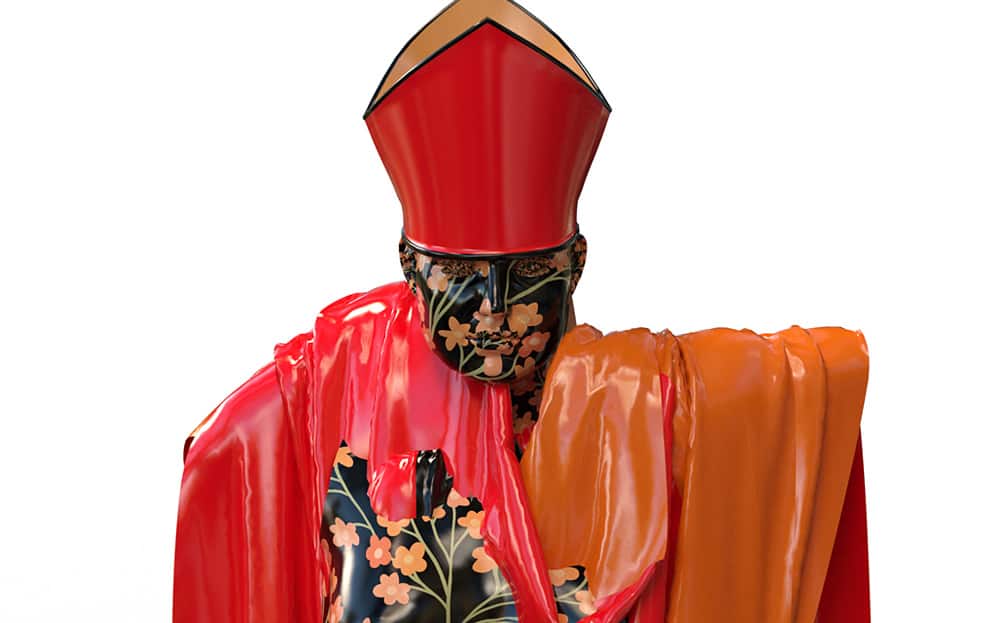
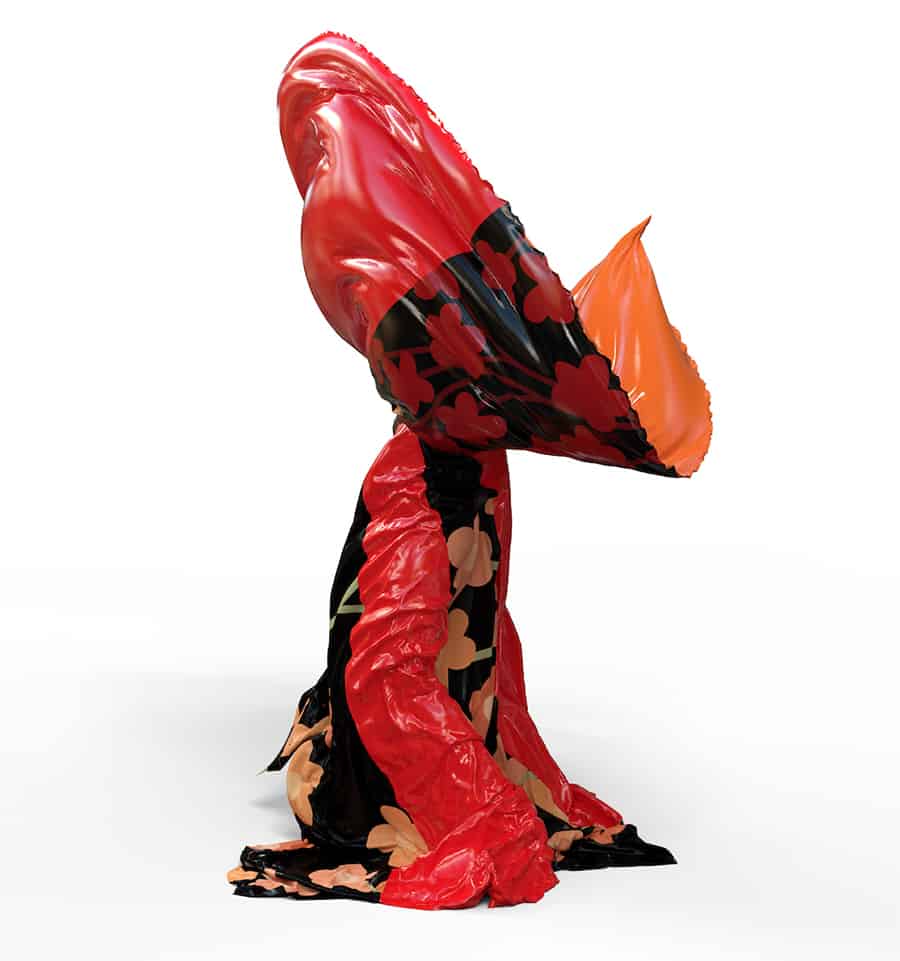
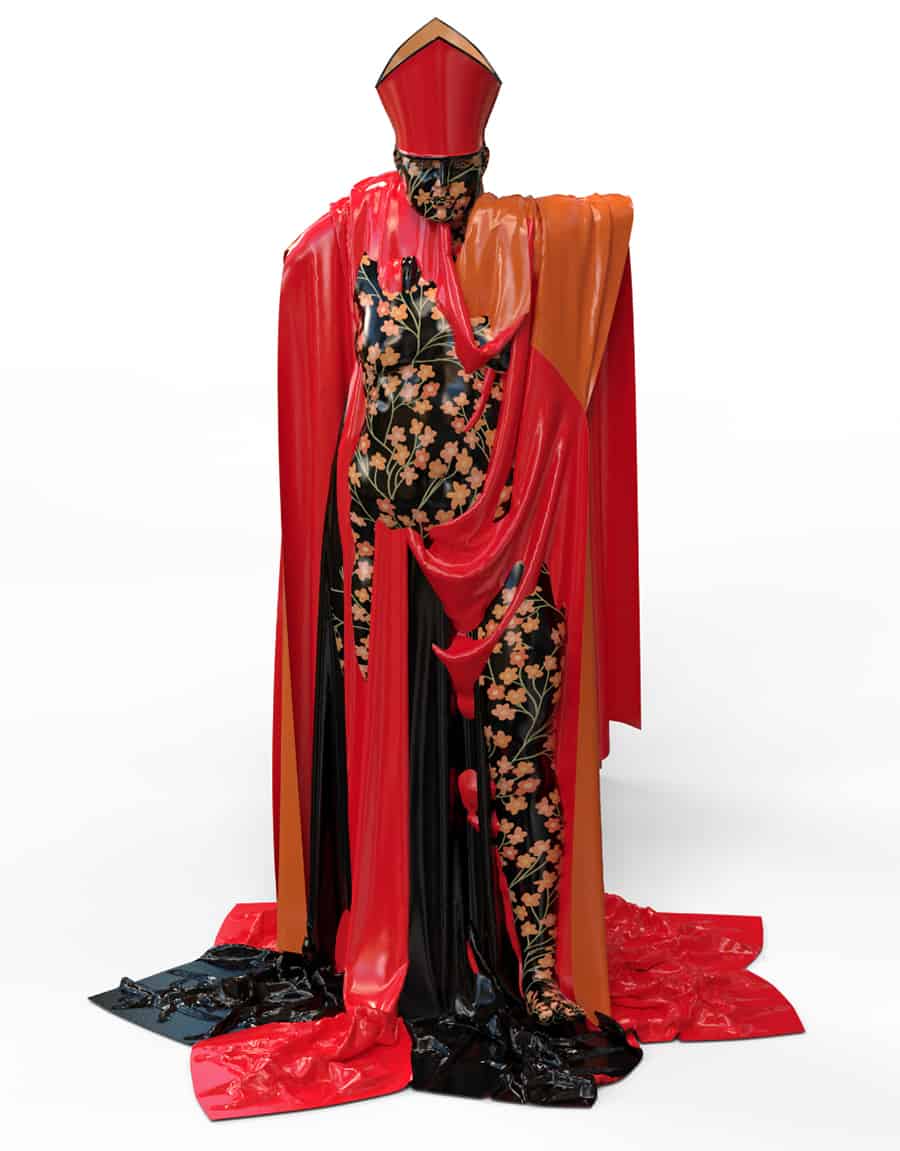
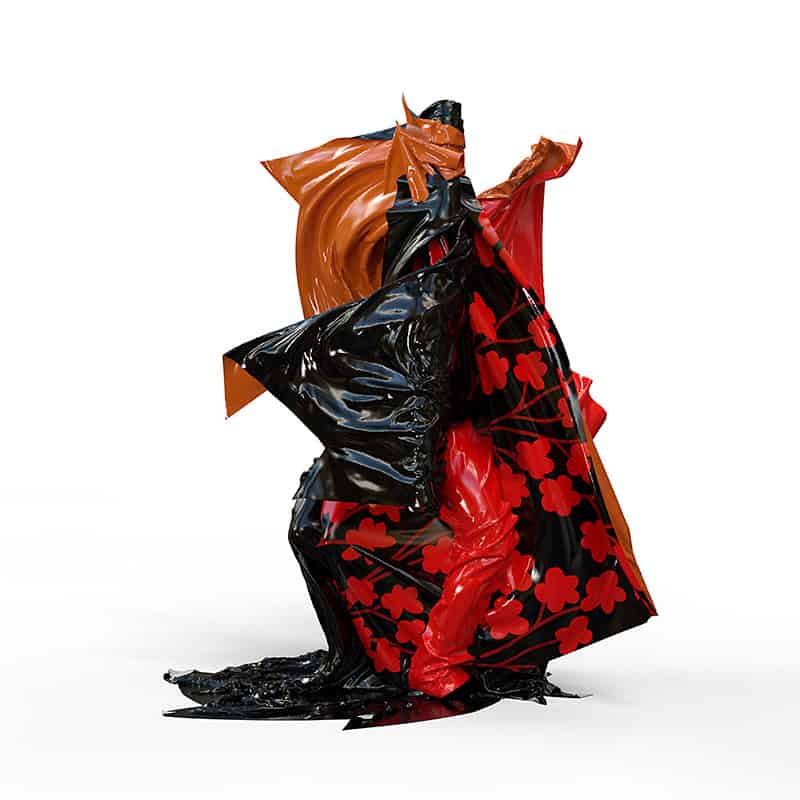
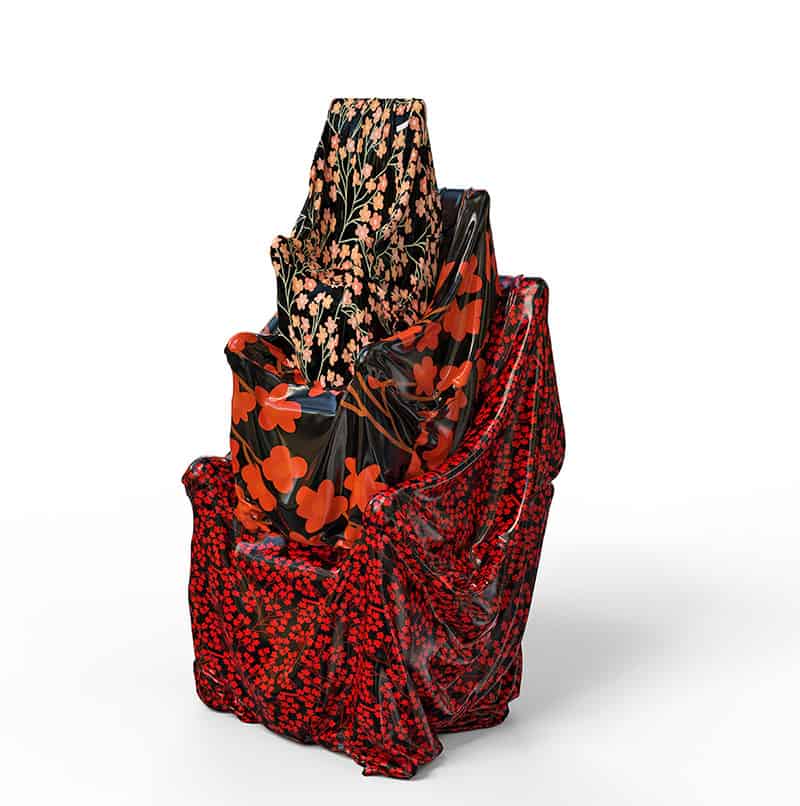
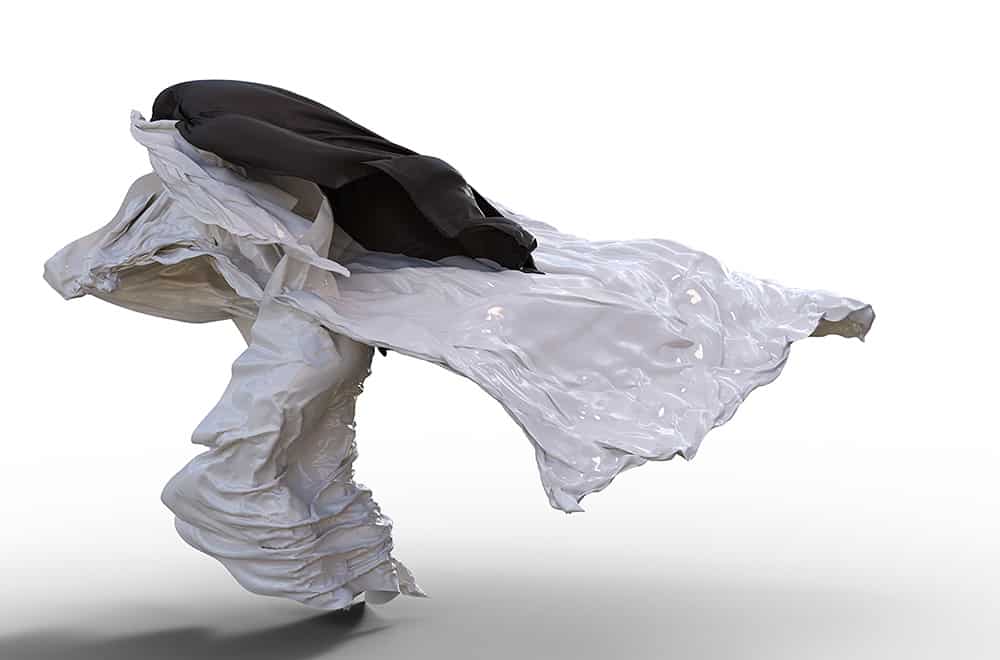
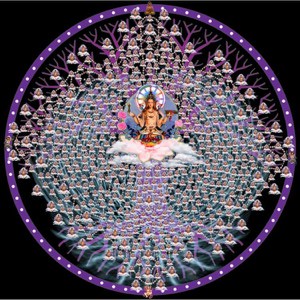
Wonderful part 2 article.. I’m almost tempted! Love your new work. I’m anxious to read part 3
Thank you Vasari21 for sharing this information.